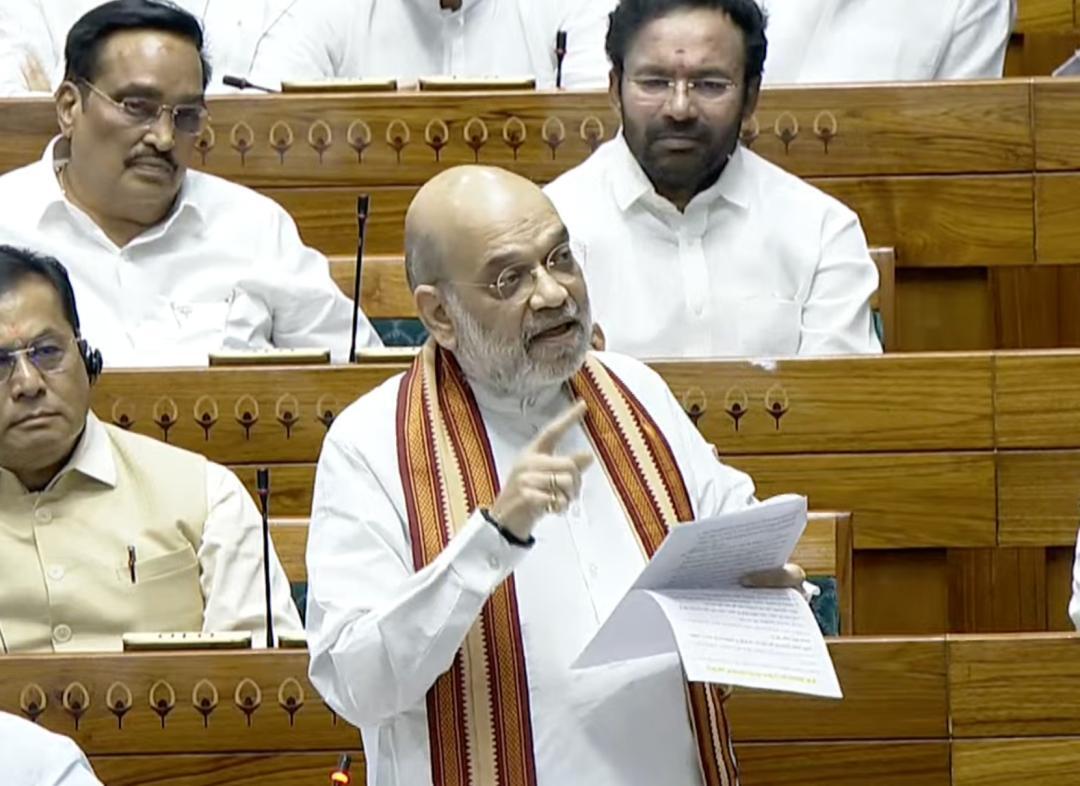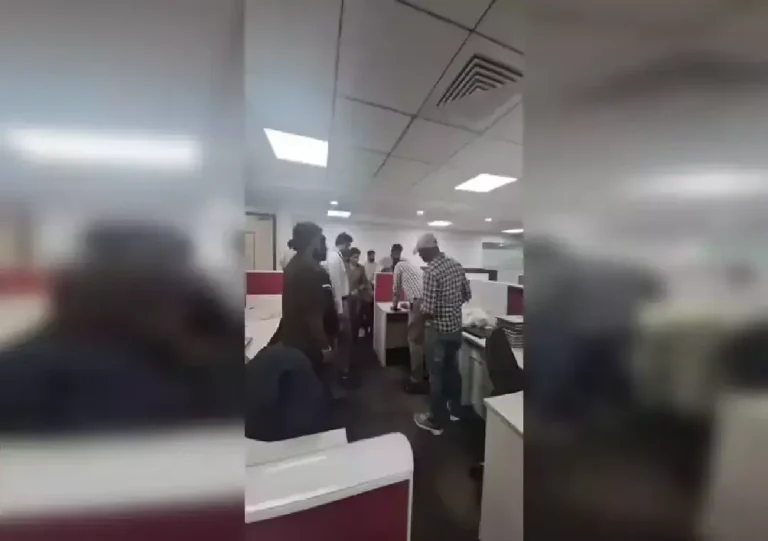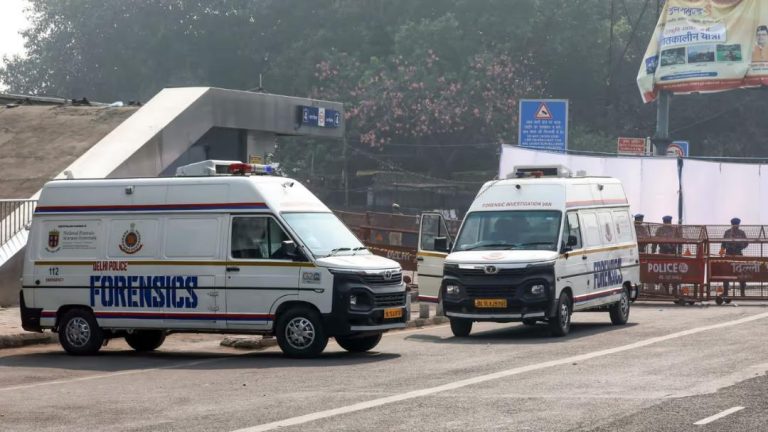
What did J&K locals arrested for housing Pahalgam terrorists tell government?
On April 21, a terror attack shook the picturesque town of Pahalgam in Jammu and Kashmir, leaving many injured and several dead. The incident sent shockwaves across the country, and the government launched an investigation to uncover the truth behind the attack. In the aftermath of the attack, two local residents of Jammu and Kashmir were arrested for allegedly housing the terrorists. The Union Home Minister, Amit Shah, recently shared new details about the investigation in the Lok Sabha, revealing what the arrested individuals told the government.
According to Shah, the two locals arrested for housing the terrorists told the government that the terrorists reached their hut, located 2 kilometers from Baisaran Valley, on April 21. The terrorists, armed with AK-47 and M9 Carbine rifles, arrived at the hut wearing black outfits. Shah said that the terrorists had spent some time at the hut, consuming food and drinks, including tea, and even took some basic necessities like salt, chillies, and spices before leaving.
The revelation raises several questions about the role of local residents in supporting terror activities in the region. The fact that the terrorists were able to hide in plain sight, using a local resident’s hut as a safe haven, highlights the complex nature of the security situation in Jammu and Kashmir.
The Pahalgam terror attack was one of several incidents that have taken place in the region in recent months, including the killing of three police personnel in Srinagar and an attack on a CRPF convoy in Pulwama. The attacks have sparked concerns about the resurgence of terrorism in the region and the need for the government to take decisive action to tackle the issue.
The role of local residents in supporting terror activities is a sensitive topic in Jammu and Kashmir, where the line between sympathizers and perpetrators is often blurred. While some local residents may be unwittingly drawn into the cycle of violence, others may be actively supporting terrorist groups. The government has long struggled to differentiate between the two, often resorting to blanket accusations and mass arrests.
The Pahalgam attack highlights the need for a nuanced approach to dealing with the issue. Rather than relying solely on brute force and mass arrests, the government must engage with local communities and address the root causes of terrorism. This includes addressing issues like unemployment, poverty, and lack of opportunities that can drive young people towards radicalization.
The government must also work to build trust with local residents, who are often caught in the crossfire between security forces and terrorist groups. This can be achieved by establishing effective communication channels and ensuring that security operations are carried out in a manner that minimizes harm to civilians.
The Pahalgam attack also underscores the importance of intelligence gathering and sharing in the fight against terrorism. The fact that the terrorists were able to plan and execute the attack suggests that there may have been a failure of intelligence, either on the part of the security agencies or the local residents.
The government must therefore focus on strengthening its intelligence gathering capabilities, including human intelligence and technical surveillance. This can be achieved by investing in modern technology and training security personnel to gather and analyze intelligence effectively.
In conclusion, the revelation that the J&K locals arrested for housing Pahalgam terrorists told the government that the terrorists spent several hours at their hut, armed and in black outfits, raises serious concerns about the role of local residents in supporting terror activities in the region. The government must adopt a nuanced approach to dealing with the issue, including addressing the root causes of terrorism and building trust with local residents. The fight against terrorism requires a sustained and multi-faceted effort, and the government must ensure that its strategy is effective and sustainable in the long run.
Source: https://www.youtube.com/watch






